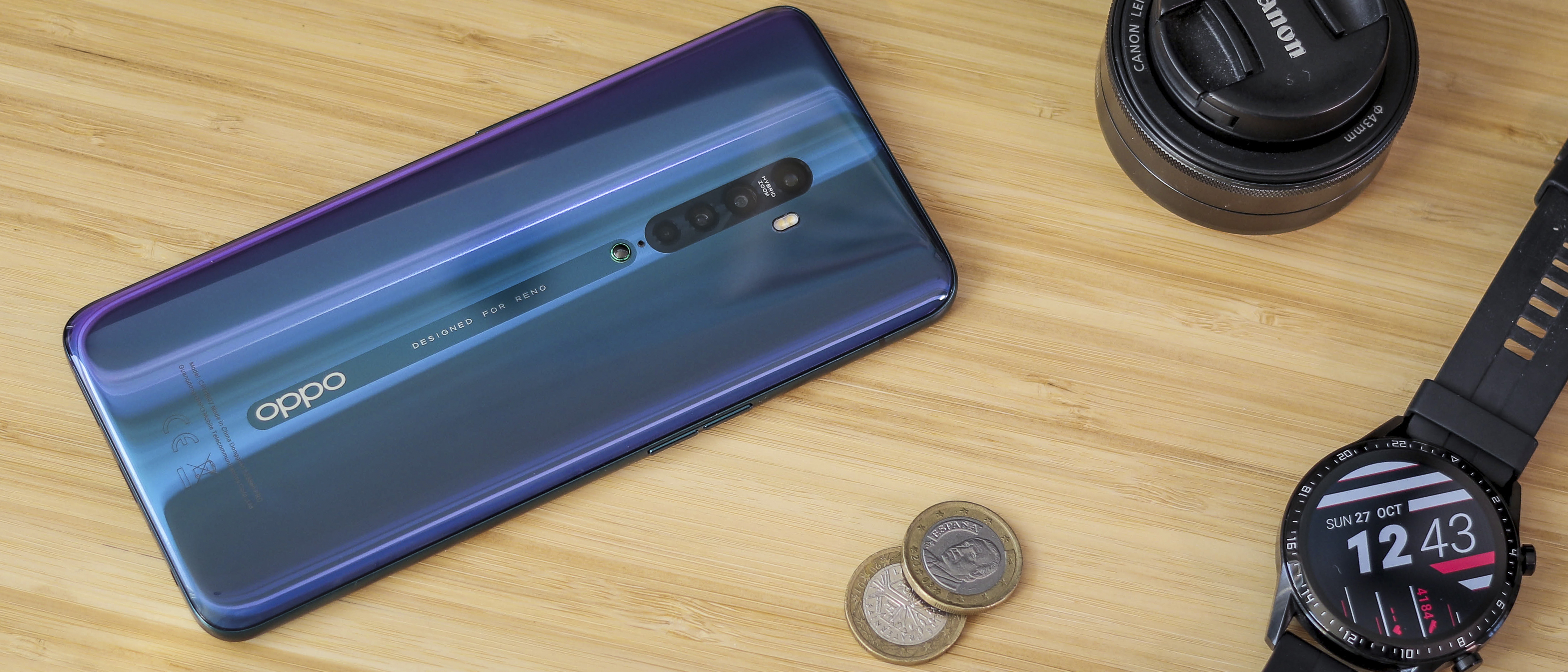Digital Camera World Verdict
Starting at £399 in the UK, it’s a doozy to recommend the Reno 2, with its stunning looking all-screen design, stacks of storage options and a great camera for the price. It isn’t perfect - the midrange processor won’t suit power users, but as a package and a camera phone, Oppo’s hit a sensational price-to-performance ratio here.
Pros
- +
Beautiful flagship design
- +
Masses of storage
- +
Great cameras for the price
Cons
- -
Midrange power
- -
No 4K 60fps video capture
- -
Pop up camera collects dust
Why you can trust Digital Camera World
Phones like the Oppo Reno 2, combining flagship designs and midrange internals to keep costs down are popping up everywhere. The Xiaomi Mi Note 10, for example, features the world’s first 108MP smartphone camera sensor, despite the middling chipset powering it along.
The new Oppo Reno 2 also combines a flagship design and no less than four cameras around the back with the same midrange Qualcomm Snapdragon 730G as found in the Mi Note 10. While this means its gaming capabilities won’t stack up to those of the OnePlus 7T or Realme X2 Pro, both packing top-tier Snapdragon 855 Plus, it offers more elsewhere, for less.
There’s a giant 256GB storage capacity, for example, which is almost unheard of at the phone’s £449 RRP - though if you shop around, you can pick up the 128GB version for as little as £399; the handset is not currently available in the US.. Additionally, the all-screen display looks futuristic, there’s 8GB RAM under the hood and that’s combined with a big 4000mAh battery and an under-display fingerprint scanner.
If you’re a keen photographer, its four cameras also impress on paper, with a similar set-up to that found on the much pricier iPhone 11 Pro - one wide, one ultra-wide and one zoom camera. There’s also a 2MP monochrome camera that grabs information for portrait effects too - plenty to sink your teeth into despite its price.
Oppo Reno 2: camera specifications
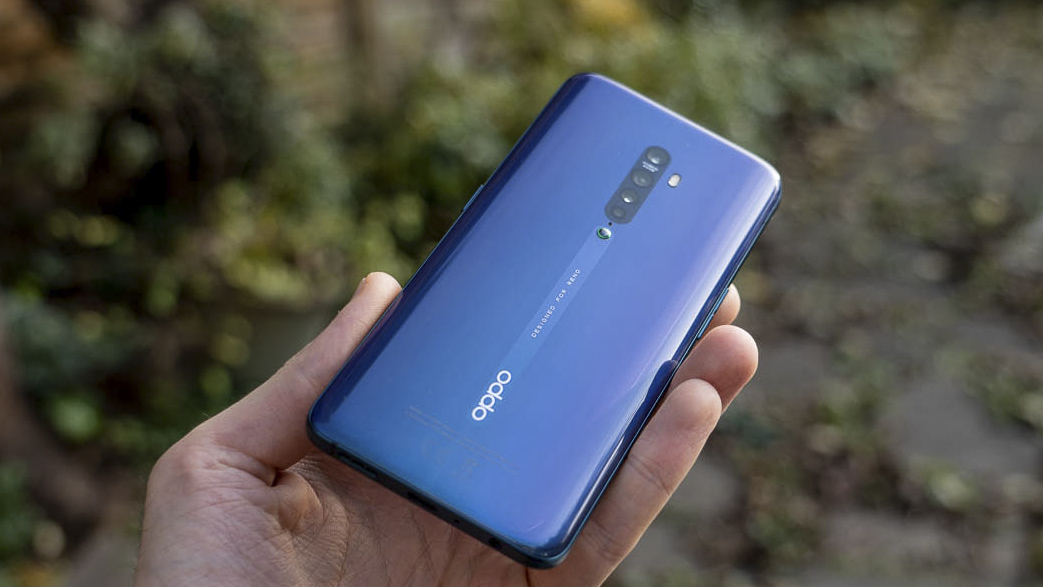
The Oppo Reno 2’s primary camera features a 48MP 1/2.0” sensor with 0.8µm pixels, phase detection autofocus, as well as OIS and a 26mm focal length. Just like the Google Pixel 4, the main camera’s aperture is f/1.7, but unlike the Google flagship, there’s a 13mm ultra-wide camera alongside it with an 8MP sensor (1/3.2” size, 1.4µm pixels) too.
Additionally, the Reno 2 features a 13MP telephoto camera with a roughly 1.5x zoom and an f/2.4 aperture, but no OIS. Finally, there’s a black and white sensor that’s just 2MP in resolution, however, it helps refine filters applied in Portrait mode rather than shoot photos independently.
Modes: Despite the Oppo Reno 2’s 48MP resolution sensor, it captures 12MP images, combining four pixels on the sensor into one dot in the final photo. You can override this and shoot at full 48MP mode, but this is at the expense of HDR-capture.
Shooting modes on the Reno 2 are plentiful - Video, Photo, and Portrait occupy the bottom bar for quick access, with additional modes - Night, Pano, Expert, Time-lapse and Slo-Mo - available through an expanded menu.
While the expert mode supports control over ISO up to 6400 and a shutter speed of up to 16 seconds, there’s no support for RAW shooting here.
Oppo Reno 2 camera performance
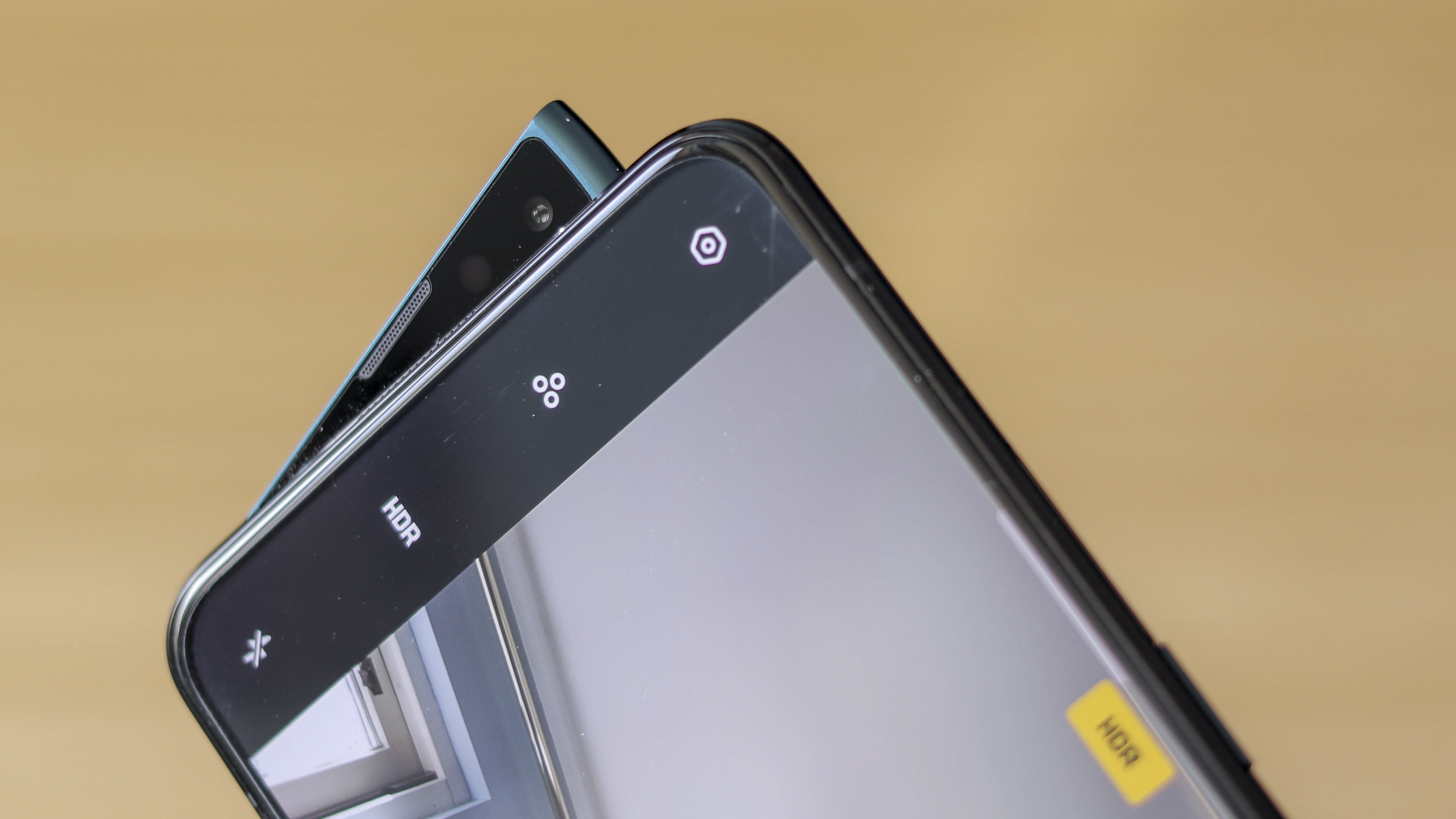
The Oppo Reno 2 clearly won’t be the best camera phone you can buy, after all, it lacks the 5x optical zoom of the Oppo Reno 10 X Zoom and Huawei P30 Pro, doesn’t feature OIS on the telephoto camera and its 4K video recording can’t quite beat the best out there, capping out at 30fps. That said, it could well be the best budget camera phone.
Photos taken across all its cameras in good light have a healthy amount of detail and punch to them. Unlike the iPhone 11 Pro Max, colors aren’t perfectly matched across the three main cameras, however, you do get all the versatility of a wide/ultrawide/telephoto setup.
The Reno 2’s 5x combination hybrid zoom that works respectably when in a pinch too when the lighting is on your side, though without OIS, we’d avoid it when the lights drop unless night mode’s fired up.


What’s also impressive for a phone of the Reno 2’s price is that its Night mode works across all three focal lengths and includes a new tripod mode which can keep the shutter open for around 30 seconds.
This makes it one of the most powerful nighttime midrange cameras you can buy if you can find a steady surface to shoot on. When hand-holding shots, the night mode is also very effective, though we’d lean towards using the primary camera for the sharpest results in this use case.
The default shooting mode supports auto-HDR, however, we found that it didn’t activate as often as we’d have liked. As you can see from the example below, we had to fire the feature up manually to achieve the results we wanted despite the scene being sufficiently high-contrast to activate it on an iPhone:
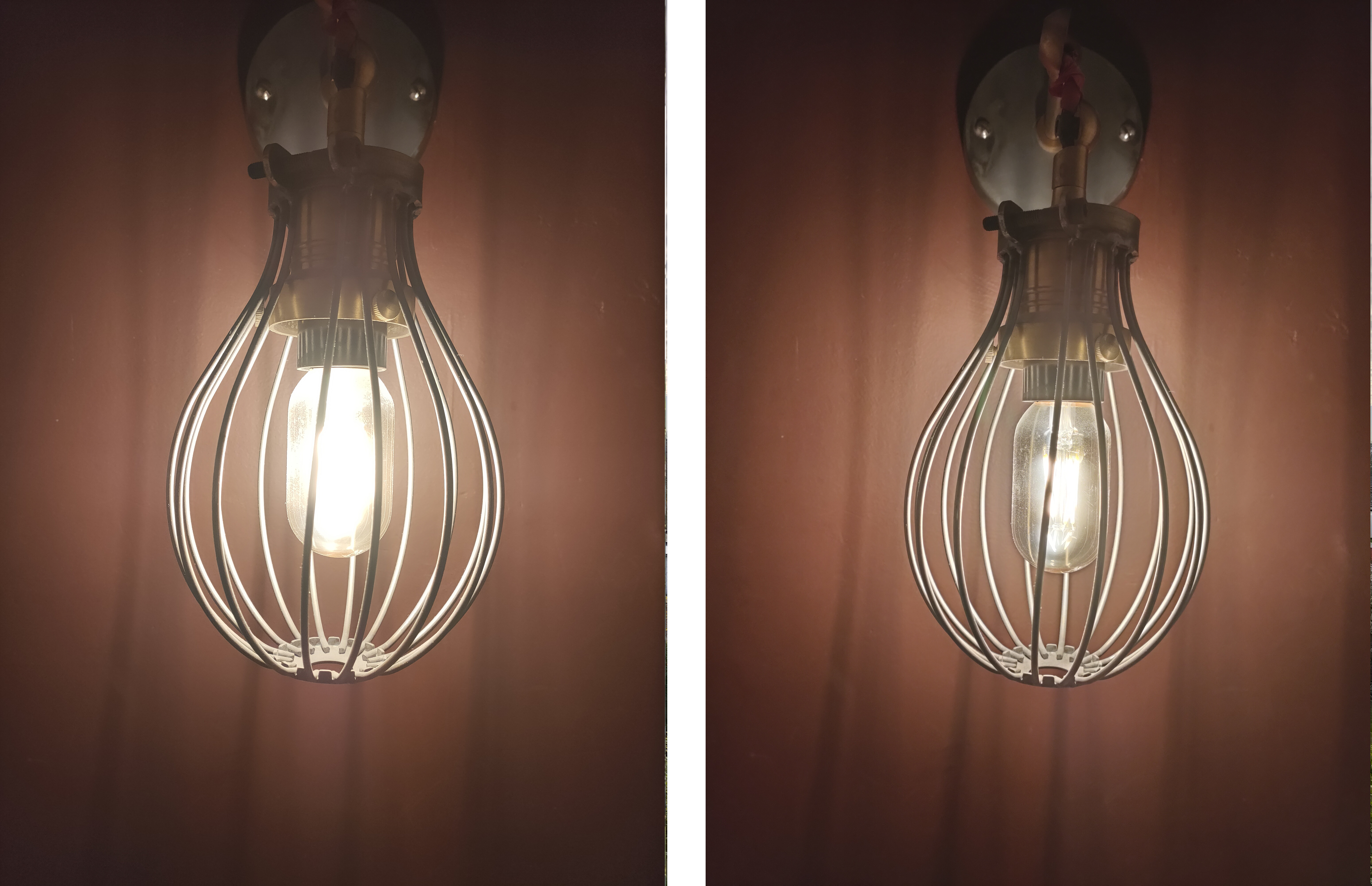
Further supplementing this imaging arsenal is a macro feature new to the Reno line. This enables focus as close as 2.5cm from an object, identical to that offered by the OnePlus 7T and OnePlus 7T Pro on paper. Using the ultra-wide-angle lens, which features auto-focus unlike most ultra-wides, the Reno 2 can create impact-heavy close-up shots with a shallow depth and slight barrel distortion. While it’s a bust in low light, in well-lit environments, the macro feature is a welcome addition to the mix.
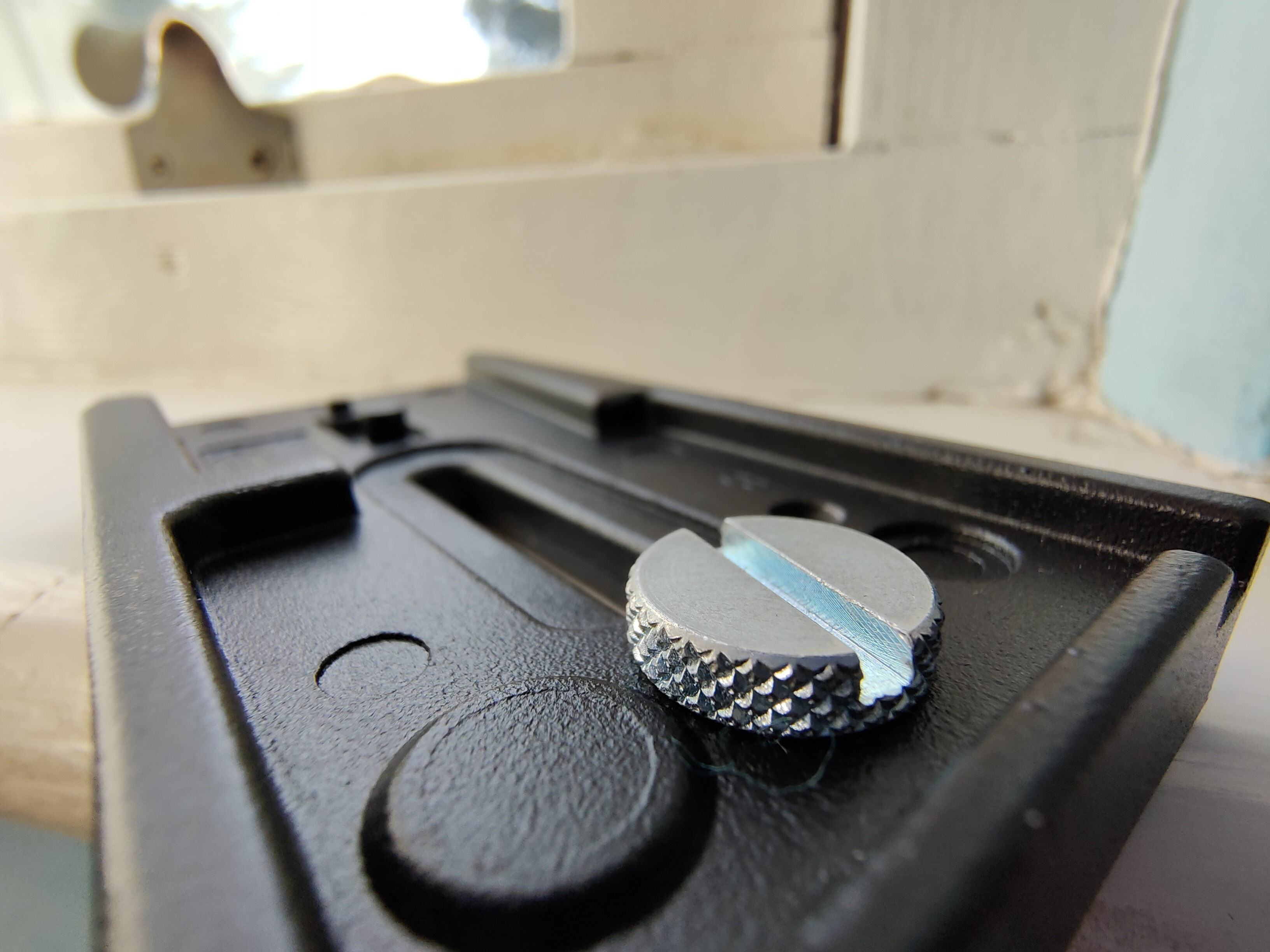
Rather than just focus on photography features on the Reno 2, Oppo’s kept an eye on video as well with a live background defocus mode, similar to that found on the much pricier Galaxy S10 5G. There’s also an Ultra-steady video mode for action-camera-grade video capture. The latter is definitely the more useful of the two modes, though both are fun and work to at least well in bright environments.
The Ultra-steady mode caps out at 1080p and doesn’t shoot with the same noise suppression standard video does, so you won’t want to use it all the time, but for out and about activities recorded in well-lit environments, it’s another excellent point of differentiation for the Oppo Reno 2.

The 16MP selfie camera pops out of the top of the phone to snap selfies and fire up face-recognition. It grabs a lot of detail when shooting well-lit environments and supports the same background defocus feature we mentioned earlier across photo and video capture. It’s also matched with a front flash too to help in low-light - a selfie camera’s weak point.
Oppo Reno 2: Battery, OS, and connections
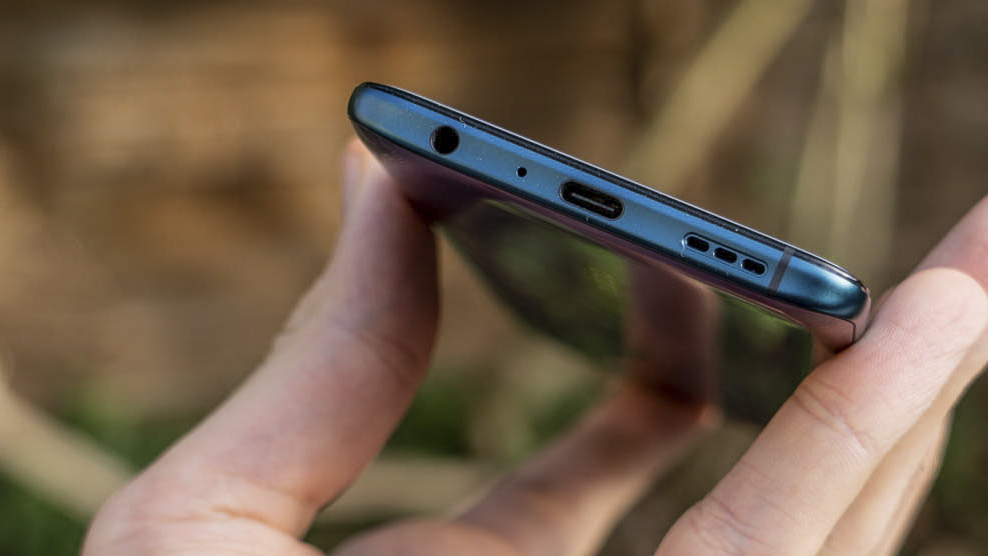
With its 4,000mAh battery and 20W fast charging, the Reno 2 isn’t going to compete with the likes of the Asus ROG Phone 2 which is nothing short of a power bank, but it’s still a great performer for its price and size.
It will easily get you through a full day, and thanks to its abundant storage - 128GB or 256GB plus microSD card support up to 256GB, makes for a top-notch media player for a long haul flight, for example. Another bonus - the Reno 2 features a headphone jack despite its incredibly elegant frame, and there’s also NFC on board for mobile payments.
Running Android 9, app support is strong, and while Oppo’s interface, Color OS isn’t our favorite - there’s a bit of bloatware here - it’s been stripped back since the 10 X Zoom dropped, so Oppo’s clearly been listening to feedback.
Biometrics on the Reno 2 work well - the under-display fingerprint scanner is fast and secure, and the pop-up front camera fires up and down swiftly for face unlocking, however, it does collect a fair bit of dust, so you’ll need to wipe it down around once a day.
Verdict
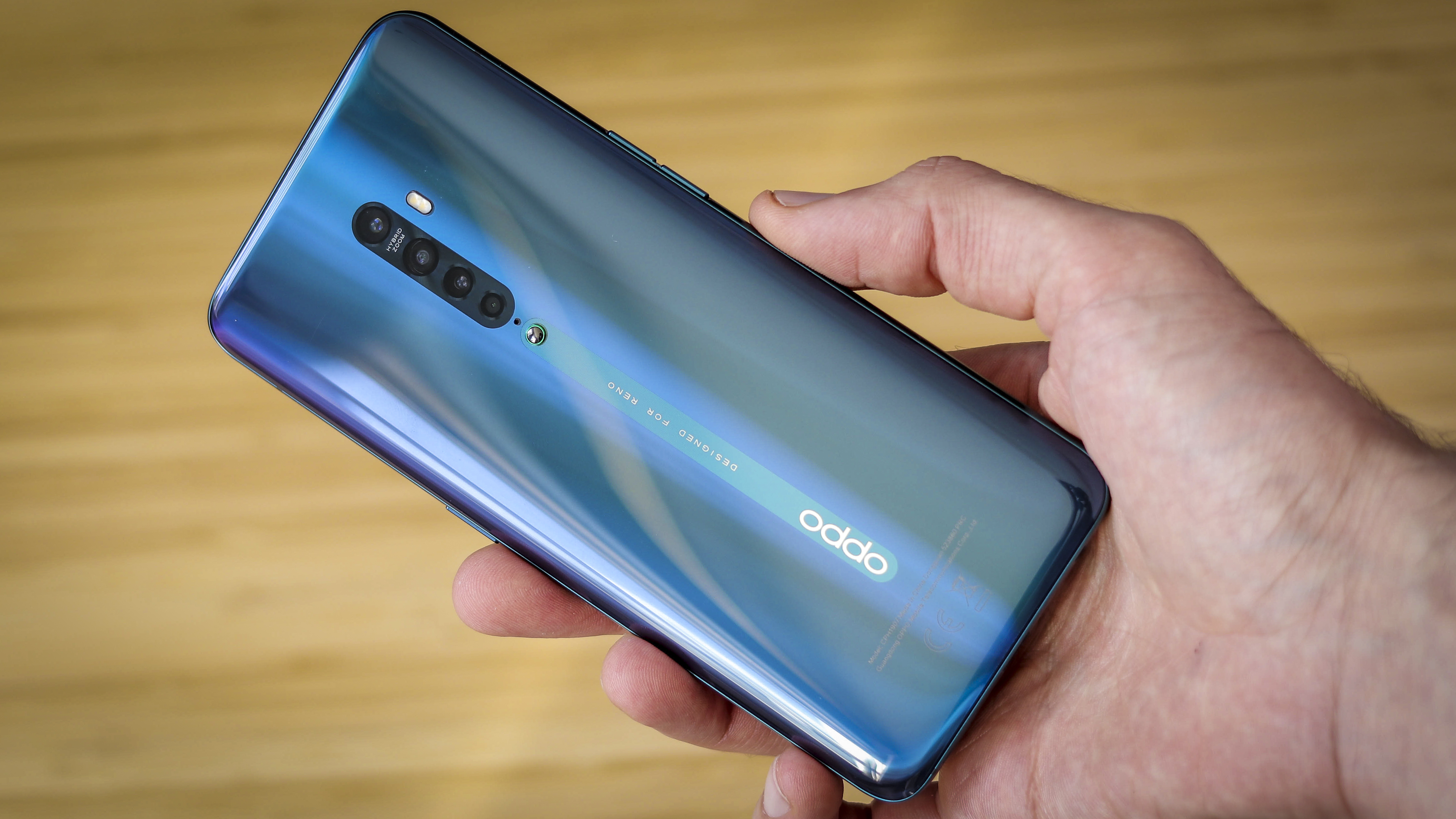
From a camera point of view, you won’t get more imaging oomph than the Oppo Reno 2 delivers for less than its £399 starting price. The Realme X2 Pro and Xiaomi Mi 9T Pro deliver more power, so they are better suited to gamers, but the real-world camera capabilities of Oppo’s quad-camera midrange flagship trump both.
The Reno 2’s design and all-screen front also come together beautifully, and even though it packs a midrange processor, we didn’t experience slowdown as found on the Xiaomi Mi Note 10 which packs the same chipset.
Ultimately, all this makes it one of the easiest phones to recommend to keen photographers on a budget.
Read more:
Smartphone news, camera phone leaks and mobile rumors
The best budget camera phone in 2019
The best dash cams in 2019
Basil Kronfli is a freelance technology journalist, consultant, and content creator. He trained in graphic design and started his career at Canon Europe before moving into journalism. Basil is also experienced in video production, independently running the YouTube channel TechEdit, and during his time at Future, he worked alongside the Digital Camera World team as a senior video producer.
